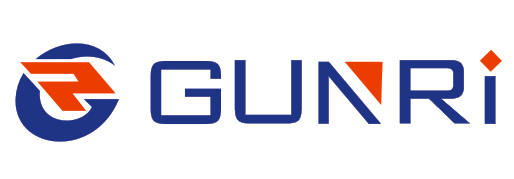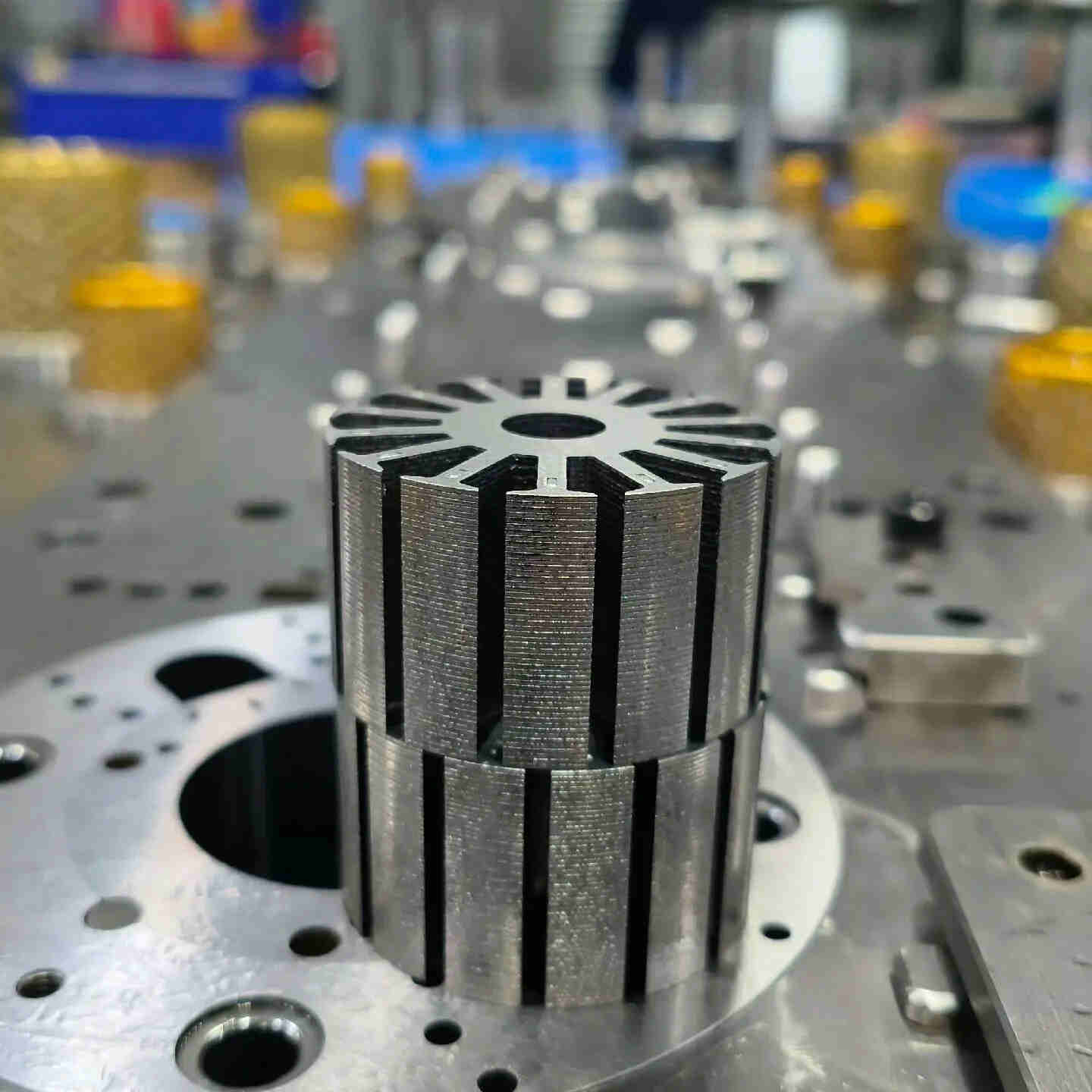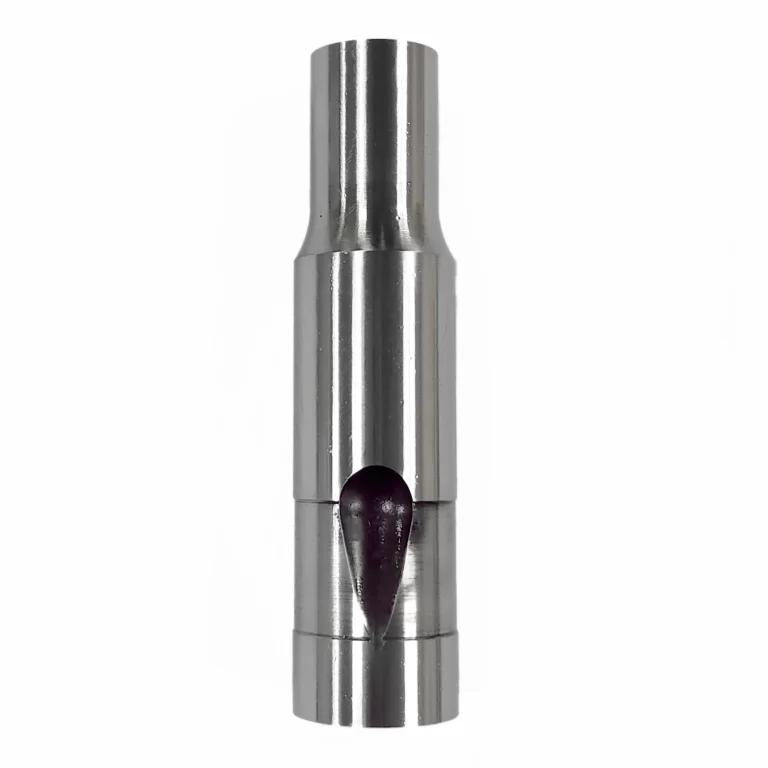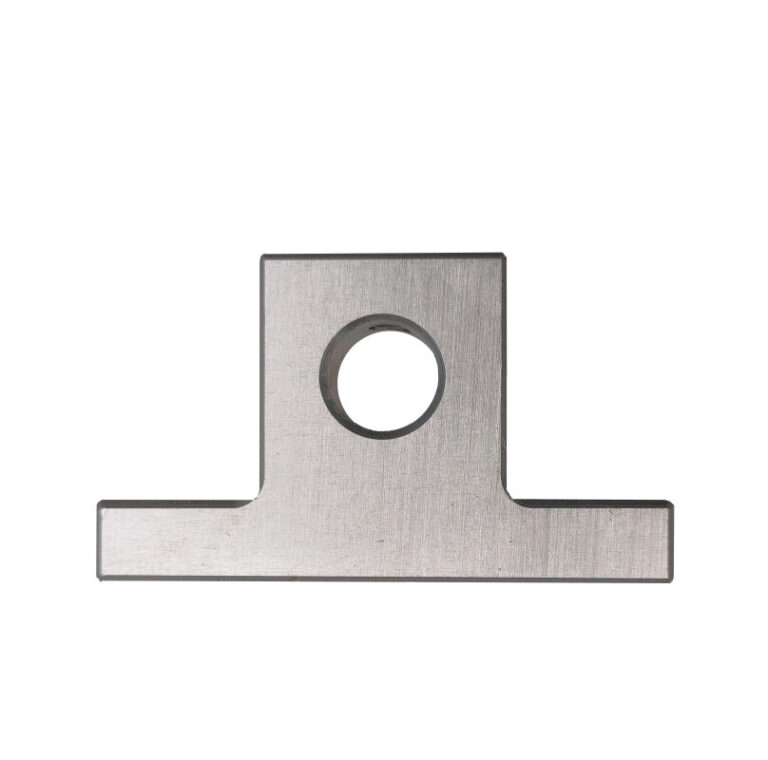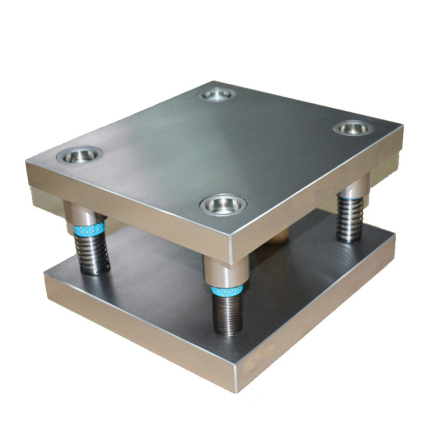How to Compare Final Prices of Guide Posts Across Countries (Including Freight & Tariffs)
When sourcing guide posts (or guide pins) globally, the “cheapest quote” isn’t always the best deal. Hidden costs like shipping, tariffs, and logistics delays can drastically alter the final price. For procurement teams, understanding true total landed costs is critical to avoid budget overruns and ensure value-for-money.
Here’s a step-by-step guide to compare final prices across countries, with real-world examples and actionable tips:
Step 1: Break Down Direct Costs
Start with the manufacturer’s quoted price, but don’t stop there. Factor in:
- Unit Price: Per piece cost (e.g., 0.50–2.00 for standard guide posts).
- MOQ (Minimum Order Quantity): Lower MOQs may raise per-unit costs.
- Currency Exchange Rates: Use tools like XE.com to calculate USD/EUR/JPY equivalents.
Example:
| Country | Unit Price (USD) | MOQ (pcs) | Total Order Cost (5,000 pcs) |
|---|---|---|---|
| China | $0.80 | 1,000 | $4,000 |
| Germany | $1.20 | 5,000 | $6,000 |
| Vietnam | $0.70 | 2,000 | $3,500 |
Tip: Smaller MOQs may suit startups, but bulk buyers save with Asian suppliers.
Step 2: Calculate Freight Costs
Shipping expenses vary by mode, volume, and Incoterms (e.g., FOB, CIF):
Freight Cost Formula:
(Weight × Distance × Rate) + Fuel Surcharges + Insurance
Scenario: Shipping 5,000 guide posts (2 tons total) from Asia to the U.S.:
- Sea Freight (FOB): 1,200(port−to−port)+300 insurance = $1,500
- Air Freight: $8,000 (door-to-door, urgent)
- Truck from Port: $200 (inland transit in the U.S.)
Key Insight: Sea freight saves 80%+ vs. air, but adds 3–5 weeks to lead time.
Step 3: Add Tariffs & Taxes
Import duties depend on the buyer’s country and the product’s HS code (Harmonized System code).
Common Tariff Scenarios:
- China:
- Average duty rate: 5–10% (varies by material, e.g., steel vs. plastic).
- Anti-Dumping Duties: Up to 250% for certain metal components (e.g., EU on Chinese steel).
- Vietnam:
- ASEAN countries: 0%–5% (via ASEAN Trade in Goods Agreement).
- U.S. EV-related tariffs: Exemptions for auto parts used in EVs.
- Germany (EU):
- VAT: 19% added to CIF (Cost, Insurance, Freight) value.
- Tariffs: 0%–10% (e.g., 4.7% for metal machine parts).
Example:
- A $5,000 shipment from China to the U.S.:
- Duty (6%) + VAT (0% in some states) = $300 extra.
- From Vietnam to EU:
- Duty (5%) + VAT (20%) = $500 extra.
Pro Tip: Use tools like Global Sources Tariff Calculator or consult local customs brokers.
Step 4: Account for Hidden Costs
- Lead Time Delays: Rush orders via air freight can cost 3× more.
- Quality Rework: Poor-quality parts may require replacements, adding 15–20% costs.
- Compliance Fees: REACH (EU), RoHS (EU), or CPSIA (U.S.) certifications.
Case Study:
A U.S. automotive buyer compared quotes:
- China: 4,000+1,500 shipping + 300tariffs=∗∗5,800** (CIF).
- Mexico: 5,000+1,000 shipping + 0tariffs(USMCA)=∗∗6,000**.
Result: China saved 200,butqualitydefectsincreasedreworkcostsby500.
Step 5: Use a Total Cost Calculator
For accuracy, input variables into a template like this:
Total Landed Cost Formula:Unit Price × MOQ + Freight + Duties + Taxes + Compliance Costs = Final Cost per Unit
Example Calculation:
- Vietnam Guide Posts:
(0.70 × 5,000) + 1,000 (shipping) + 500 (duties/VAT) = $5,000 → $1.00/unit - China:
(0.80 × 5,000) + 1,500 + 300 = $6,300 → $1.26/unit
But: If Vietnam’s parts require rework (10% defect rate), final cost rises to $1.11/unit.
Key Takeaways for Buyers
- Prioritize Total Cost, Not Unit Price: A $0.20/unit difference can vanish with tariffs or defects.
- Leverage Trade Agreements: USMCA (North America), RCEP (Asia-Pacific), or EU FTAs reduce tariffs.
- Negotiate All-Inclusive Pricing: Ask suppliers for DDP (Delivered Duty Paid) quotes.
- Audit Suppliers: Verify certifications (ISO 9001, IATF 16949) to minimize quality risks.
Actionable Tools & Resources
- Freight Quotes: Flexport, Freightos.
- Tariff Databases: WTO Tariff Data | EU TARIC.
- Quality Assurance: Third-party inspections (SGS, Bureau Veritas).
Final Advice:
Compare at least 3 suppliers from different regions (e.g., China, Mexico, Poland) using a standardized checklist. For high-volume buyers, consider nearshoring to balance cost and risk.
